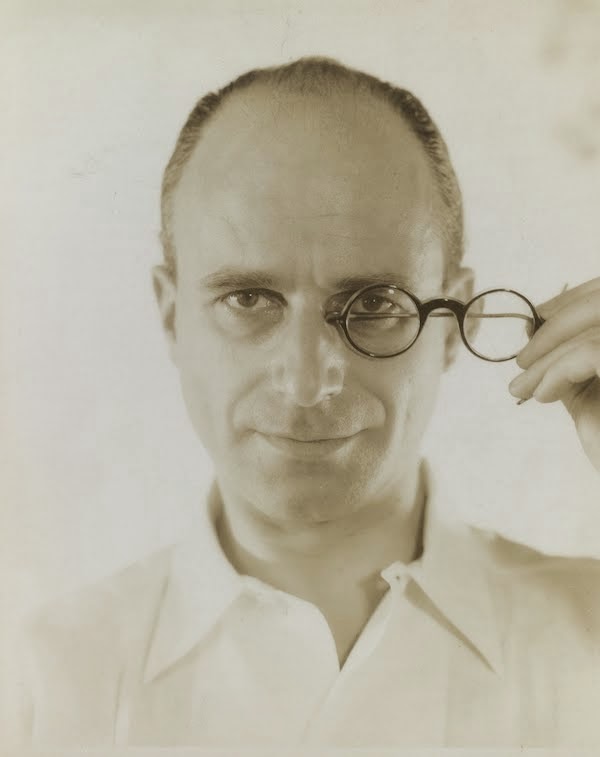WHAT IS IT??
Surrealism is the magical surprise of finding a lion in the closet when you were sure of finding shirts.
- Frida
Kahlo
HOW DO YOU DO IT?
SURREALISM TECHNIQUES to better access the unconscious: techniques to alter, challenge, violate everyday perception and understanding
Aerography a 3-dimensional object is used as a stencil with spraypainting.
Bulletism shooting ink at a blank piece of paper. then develop images based on what is seen.
Calligramme a text or poem in which the words or letters make up a shape, particularly a shape connected to the subject of the text or poem. developed by Guillaume Apollinaire
Collage assemblage of different forms creating a new whole. may include newspaper clippings, ribbons, bits of colored or hand-made papers, photographs, etc., glued to a solid support or canvas.
Coulage involuntary sculpture made by pouring a molten material (such as metal, wax, chocolate or white chocolate) into cold water. As the material cools it takes on what appears to be a random (or aleatoric) form, This technique is also used in the divination process known as ceromancy.
Cubomania method of making collages in which a picture or image is cut into squares and the squares are then reassembled without regard for the image. first used by the Romanian surrealist Gherasim Luca.
Cut-up technique text is cut up at random and rearranged to create a new text.
Decalcomania spreading thick paint upon a canvas then—while it is still wet—covering it with further material such as paper or aluminium foil. This covering is then removed (again before the paint dries), and the resultant paint pattern becomes the basis of the finished painting. much employed by Max Ernst.
Eclaboussure oil paints or watercolors are laid down and water or turpentine is splattered, then soaked up to reveal random splatters or dots where the media was removed. This technique gives the appearance of space and atmosphere. in paintings by Remedios Varo.
Entopic graphomania method of drawing in which dots are made at the sites of impurities in a blank sheet of paper, and lines are then made between the dots; these can be either "curved lines... or straight lines.".
Étrécissements cutting away of parts of images to encourage a new image, by means of a pair of scissors or any sharpened instrument. Collage is perceived as an additive method of visual poetry whereas Étrécissements are a reductive method. F Marcel Mariën in the 1950s.
Frappage flowers or leaves are pounded onto canvas or paper to create colors and shapes.
Frottage using a pencil or other drawing tool and makes a "rubbing" over a textured surface. The drawing can either be left as is or used as the basis for further refinement.
Fumage impressions are made by the smoke of a candle or kerosene lamp on a paper or canvas.
Games are important not only as a form of recreation but as a method of investigation. The intention is to cut away the constraints of rationalism and allow concepts to develop more freely and in a more random manner. The aim is to break traditional thought patterns and create a more original outcome.
Exquisite corpse is a method by which a collection of words or images are collectively assembled, the result being known as the exquisite corpse or cadavre exquis in French. Later the game was adapted to drawing and collage.Time Travelers' Potlatch is a game in which two or more players say what gift they would give to another person - this is usually an historical person who played a role in, or had an influence on, the formation of Surrealism.
Grattage paint (usually dry) is scraped off the canvas. employed by Max Ernst and Joan Miró.
Heatage an exposed but unfixed photographic negative is heated from below, causing the emulsion (and the resulting image, when developed) to distort in a random fashion. David Hare
Involuntary sculpture absent-mindedly manipulating something, such as rolling and unrolling a movie ticket, bending a paper clip, etc
Mimeogram automatic art made by peeling off the backing sheets of mimeograph stencils.
Movement of liquid down a vertical surface a technique of making pictures by dripping or allowing a flow of some form of liquid down a vertical surface.
Outagraph the subject, of a photograph is cut out. Ted Joans
Paranoiac-critical method the artist invoking a paranoid state (fear that the self is being manipulated, targeted or controlled by others). The result is a deconstruction of the psychological concept of identity, such that subjectivity becomes the primary aspect of the artwork.Salvador Dalí
Parsemage dust from charcoal or colored chalk is scattered on the surface of water and then skimmed off by passing a stiff paper or cardboard just under the water's surface. Ithell Colquhoun
Photomontage composite picture by cutting and joining a number of photographs.
Soufflage liquid paint is blown to inspire or reveal an image. Jimmy Ernst
Triptography is an automatic photographic technique whereby a roll of film is used three times (either by the same photographer or, in the spirit of Exquisite Corpse, three different photographers), causing it to be triple-exposed so any single photograph having a clear and definite subject is nearly impossible
